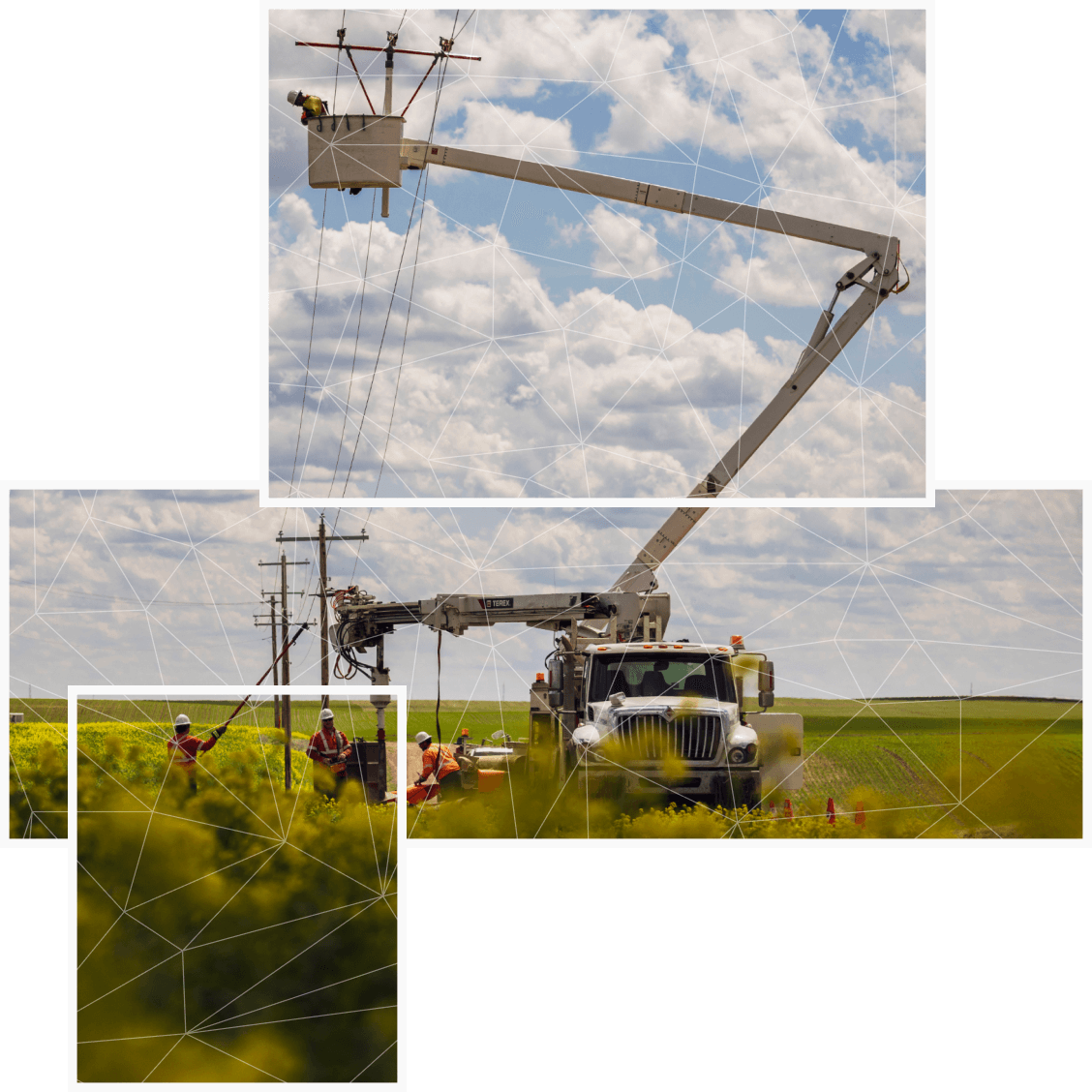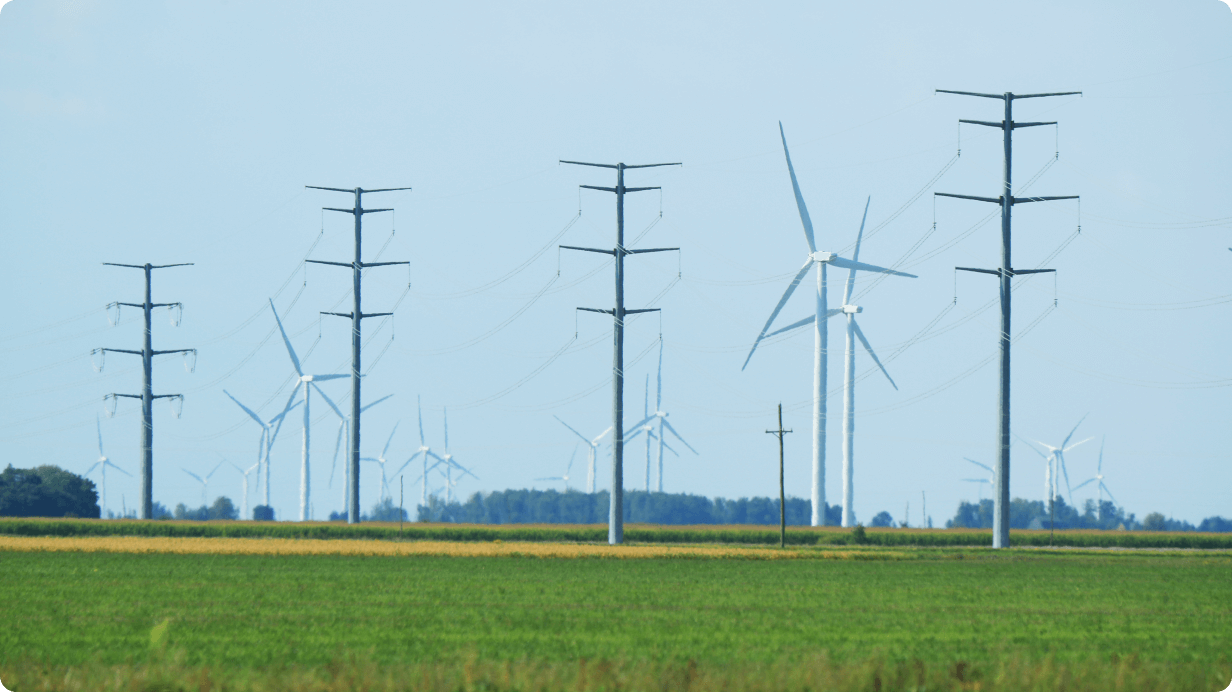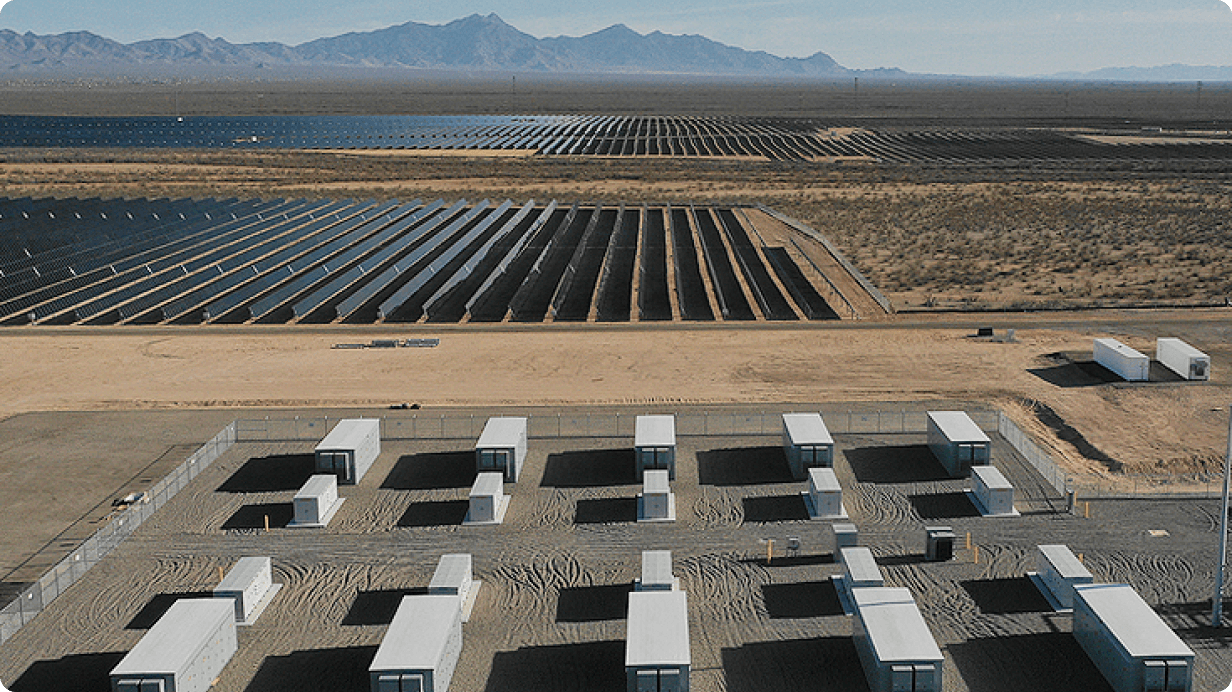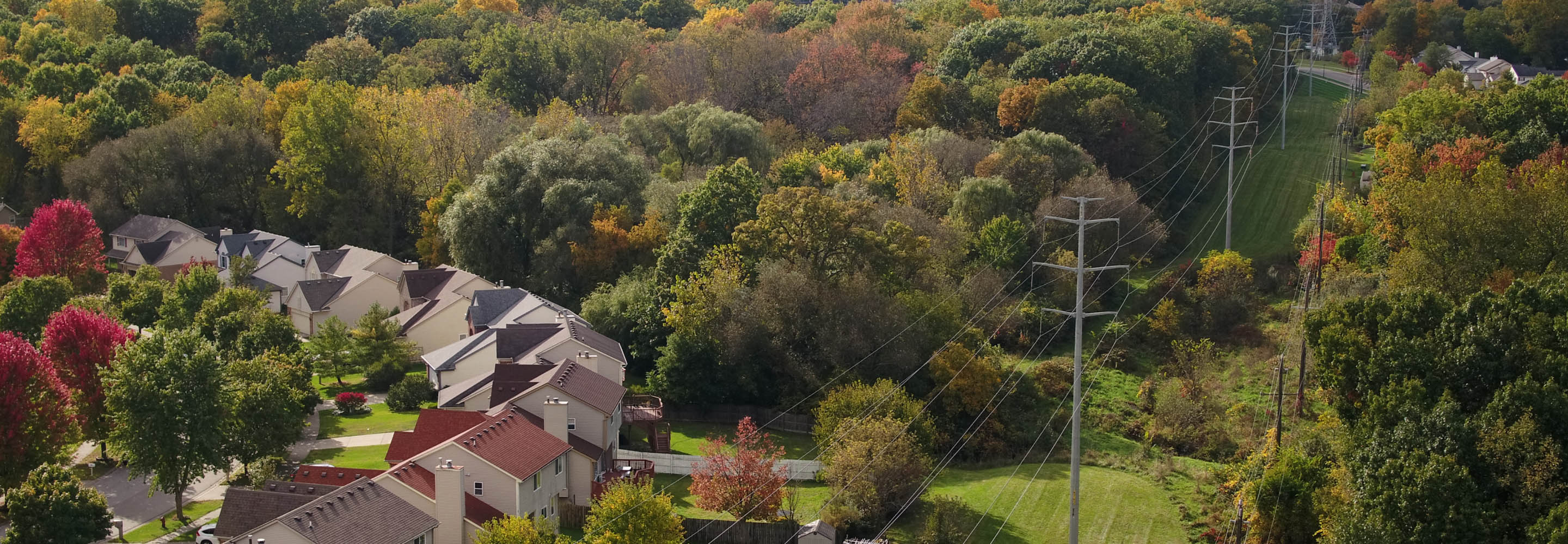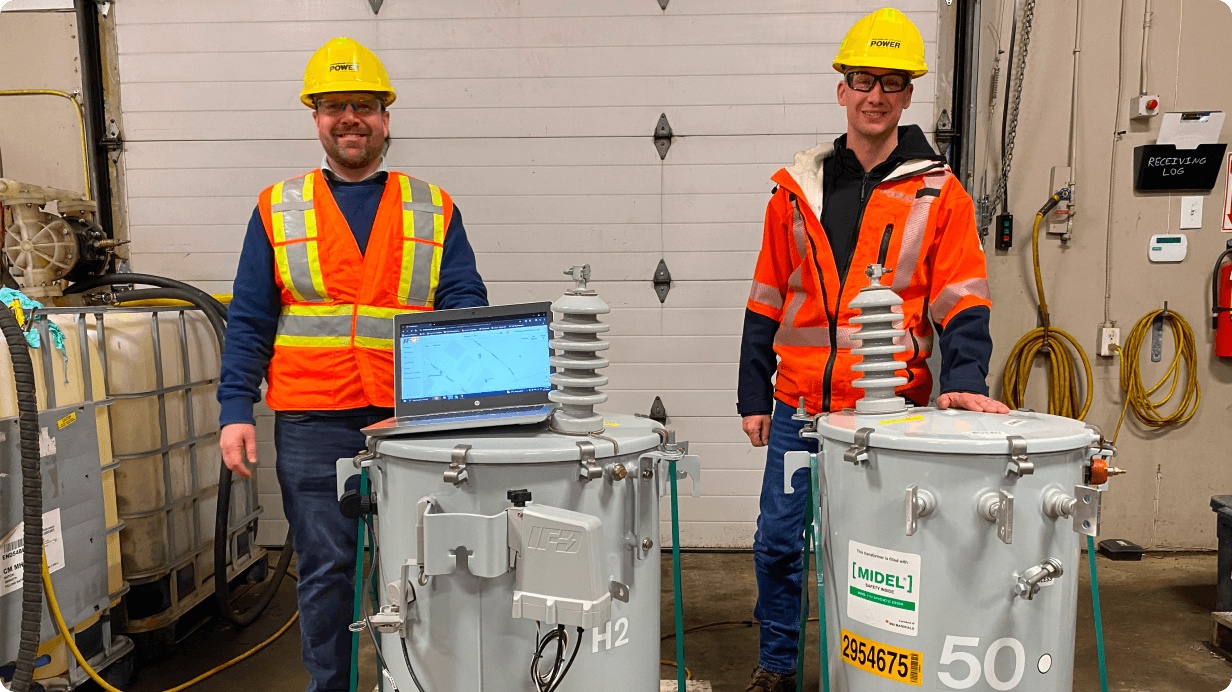Energy Future
Artificial intelligence, data centers, manufacturing, and electrification are significantly increasing energy demand in North America. Fortis is taking action to build the grid of the future by increasing grid capacity while ensuring that energy remains reliable, secure, and affordable.
